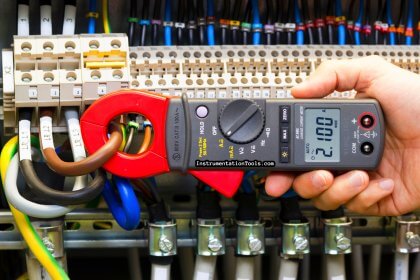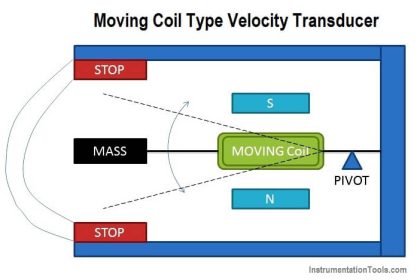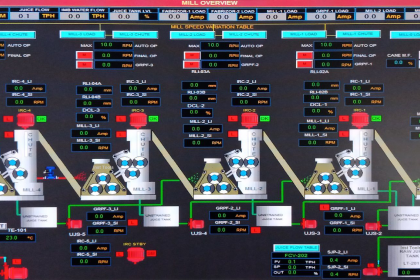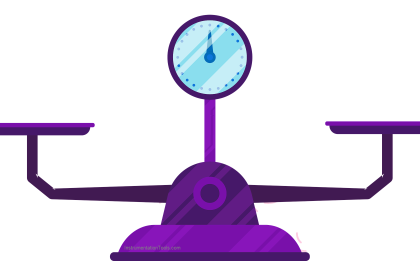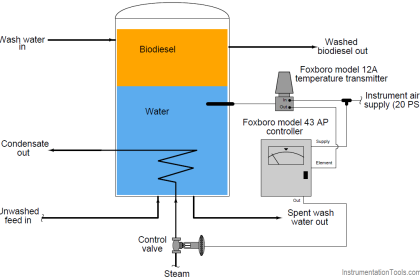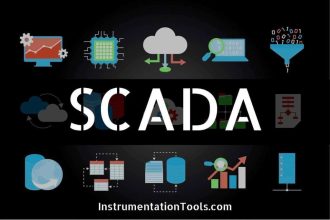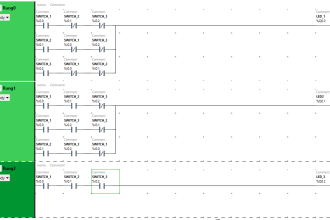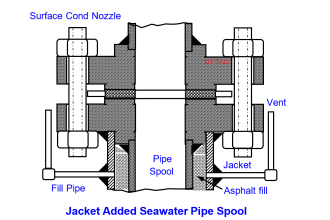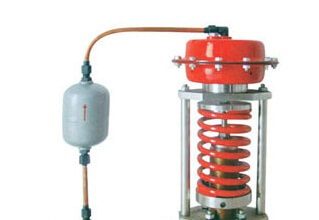In this post, we will study the GAMP 5 Compliance in pharmaceutical industries.
Some industrial sectors like pharmaceuticals require strict adherence to guidelines for operating their computer systems. Because, any deviation in operation or data recorded can cause vast scale bugs and errors in the final product; which will affect the quality of the product.
As manufacturing in these sectors started to boost up and more and more vendors started to give machines to these companies, a need was raised to make the systems foolproof and risk-free.
Many standard guidelines like Annex 11, 21CFR Part 11 compliance, etc. were developed so that these industries follow them before giving clearance to the vendors for commissioning the system.
But, in many cases, situations came where software defects, failed audits, led to a downfall in the quality of checking and computer software validation.
GAMP 5
So, more standard and complex compliance – GAMP 5 was released in 2008; which is an update of the earlier guideline versions discussed earlier. GAMP stands for Good Automated Manufacturing Practice.
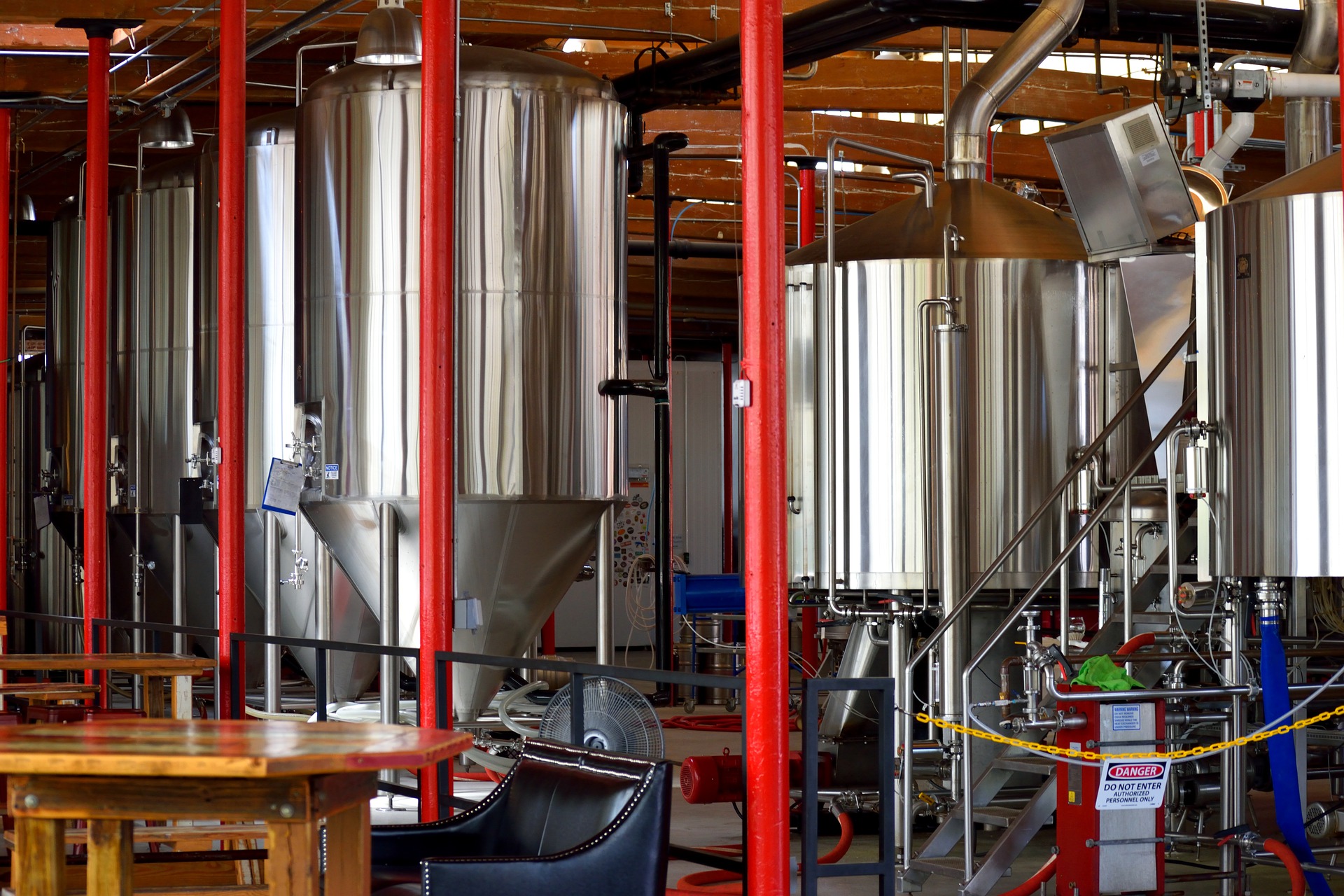
They are a set of guidelines and procedures developed to help the automation computer vendor go through it and design the system accordingly; before handing it over to a pharmaceutical company for use.
GAMP 5 is a risk-based approach to computer system validation; where the system is executed and assigned to a predefined category based on its use and complexity.
One major difference between GAMP 5 and other previous versions is that GAMP 5 is not a regulation; rather it’s just a set of guidelines that the vendor and pharmaceutical company must follow to validate the system.
The GAMP 5 guidelines consist of 5 main concepts for implementation:
Scalable Life Cycle Activities
Pharmaceutical companies can scale their validation activities and other life cycle activities.
Many factors are taken into account in this activity; but some major of them are the impact of the system on patient safety, data integrity, product quality, etc.
Leveraging Supplier Involvement
Supplier is the main chain in initializing the system cycle; as their quality is the main factor in overall performance. So, in GAMP 5, it is a practice to involve the suppliers as much as possible for improving the life cycle.
So, the company can decide how to best use the supplier documentation to duplicate documents. This sole responsibility lies in the hands of regulatory companies and they must ensure that the supplier works properly for fulfilling this cycle and ensures good product quality.
Life Approach Within QMS
All the quality management system (QMS) points are maintained throughout the entire life cycle. It is distributed in four phases which are concept, project, operation, and retirement.
Product And Process Understanding
Every life cycle requires a good understanding of the product and process for making risk-based decisions to ensure that the product quality is increased every time. Patient safety, product quality, and data integrity are the main area where this concept is focused.
Now, this GAMP 5 compliance will be incomplete without proper software knowledge and installation processes. So, it is basically divided into 4 types – infrastructure software, non-configured products, configured products, and custom software.
GAMP 5 is complex in operation; but if involved properly in the whole life cycle, it can enhance the product quality to a very vast scale; that too with minimum risks and better safety. Risk assessment is a big factor in working this compliance to avoid duplicate activities.
Also, it works with both the US and EU regulations which are strict in governing compliance and properly regulating the whole system.
